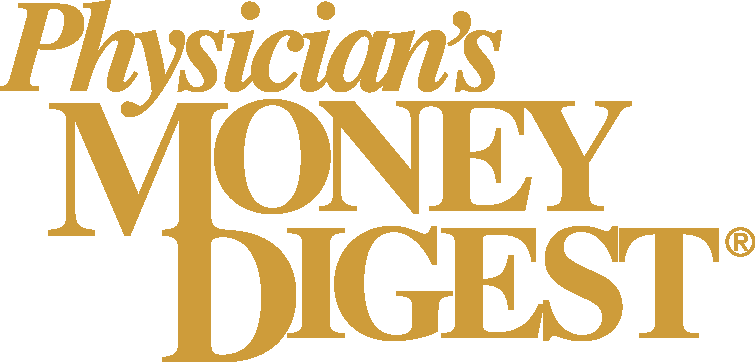
Older adults are embracing digital payments – health care should too
Key Takeaways
- AARP study shows 70% of adults over 50 use financial technology, including digital payments, reflecting a shift in older adults' engagement with digital tools.
- Nearly 60% of adults over 60 are comfortable using digital payments for medical expenses, with many using them for doctor visits, prescriptions, and other healthcare services.
Older patients increasingly embrace digital payments for health care, highlighting the need for providers to enhance communication and accessibility of these tools.
The perception that older adults are unlikely to use digital
That trend carries into health care. As digital tools become more embedded in every aspect of health care, from telehealth to patient portals, it’s time to reassess how older adults engage with financial technology. Seniors already represent a large and growing share of health care utilization — and their comfort with digital payments has quietly accelerated. To better serve this important population, providers may benefit from rethinking traditional assumptions and embracing digital
The data shows older adults are going digital
Recent data backs up the need for digital payments. In a recent consumer survey of 400 U.S. health care consumers conducted on behalf of TrustCommerce, nearly 60% of adults over age 60 reported being at least “somewhat comfortable” using digital payments for medical expenses. That includes everything from paying with a credit card to using mobile wallets or reviewing and paying bills through a patient portal.
The majority of older adults using digital payment products are using them to pay high-frequency, high-importance expenses. Most seniors use digital payments for doctor or specialist visits (63%) and prescriptions (60%), with others using them for lab tests (31%), virtual care (29%), and even hospital services.
And when it comes to how older adults prefer to pay, their habits aren’t so different from everyone else’s. Credit and debit cards still lead the way, especially at the time of service. But more seniors are also starting to use digital wallets and automated tools like bank transfers to pay their medical bills.
It’s a shift that reflects broader generational change. Many of today’s “younger seniors” belong to the baby boomer generation: digitally connected, smartphone-savvy, and increasingly accustomed to managing finances online. For these patients, digital payment is not a novelty — it’s an expectation.
So why the disconnect?
Despite this momentum, many providers aren’t there yet, with one telling data point from the survey standing out in particular: Nearly 80% of patients say they aren’t sure whether their provider accepts payment through Apple Pay, Venmo, or other mobile options. That gap in awareness isn’t about ability — it’s about communication. Many providers either don’t offer digital payment tools or don’t make it clear that they do.
This results in missed opportunities, not just to collect payments faster, but to make things easier for the people who use the system most. To better serve older adults, it's important to ensure these options are accessible, visible, and easy to use.
Trust and ease of use matter most
Even among those already using digital payments, concerns persist—especially around security and privacy.
Some also mentioned a general lack of trust in digital systems or difficulty using the technology itself.
These aren’t issues unique to older adults, but they can resonate stronger for people who didn’t grow up with this kind of tech or who feel less confident navigating it.
That’s where design and support matter. Providers don’t need to rebuild their entire payment system to better serve older patients— but they do need to make sure what they offer is easy to use and built with security in mind. Clean interfaces, plain-language instructions, and visible safeguards go a long way in building trust — as they do for all patients, regardless of age.
Give your patients greater choice
Adding digital payment methods doesn’t mean pushing everyone toward a single platform or eliminating traditional payment options overnight. It’s about giving patients options they can actually use and are comfortable with. That means flexible, accessible tools that let people — seniors included — engage in the way that works best for them.
It starts with making things simple. Patients shouldn’t have to guess how to pay or whether their preferred method is accepted. Whether it’s through an online portal, a reminder text, or a sign at the front desk, providers should clearly communicate what’s available and how to use it.
Hybrid options matter, too. Some people might want to view their bill online but pay in person. Others might prefer a digital wallet but still want the option to call with questions. Ultimately, providers should ensure they are offering omnichannel experiences, enabling patients to view bills online and complete payment in multiple ways. To do so, providers should use omnichannel tokens, which are tokens that can be used across multiple devices or channels, such as in-office, over the phone, or online. What matters is giving people choices— and making sure their preferred payment method is available for them to use, regardless of how they choose to interact with their provider.
Digital payment adoption isn’t a trend—it’s an expectation
Seniors may have different needs, but that doesn’t make them digital outsiders. In fact, more older adults are open to using digital payment options than many providers realize. The real takeaway isn’t about capability — it’s about meeting rising demand and communicating clearly. The longer these options are unavailable, the more providers risk falling behind the expectations of a broader patient population.
Johnathan Welch is Chief Product Officer of
Newsletter
Stay informed and empowered with Medical Economics enewsletter, delivering expert insights, financial strategies, practice management tips and technology trends — tailored for today’s physicians.















